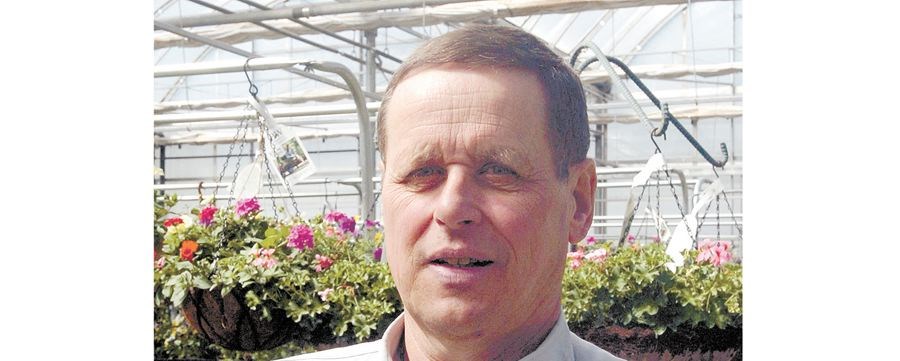Japanese Barberry (Berberis thunbergii) is an attractive, long-lived, deciduous shrub that came from Japan in 1875. It is one of the hardiest barberries of all the barberries available, making it a good choice for our Prince George climate. It has colourful foliage and bright fall/winter berries giving it year round interest. Barberry is distinguished by its thorns or barbs which are found on the plants small branches. The Italians call it the 'Holy Thorn' bush and say that it was used to form the crown of thorns placed upon the head of Jesus. Because of its thorns the barberry is sometimes used as a barrier to keep unwanted animals and humans away. It is also deer resistant. The thorns are hidden in summer by the small oval smooth edged leaves which grow in clusters close the the branches. The barberry is a worthwhile plant to have in the landscape as it looks attractive throughout the year. In the spring has tiny flowers, and is one of the earlier shrubs to break into leaf. During the summer the shrub has colourful foliage and in the fall the leaves change colour and fall off late in the season, to reveal the bright 2cm colourful berries, which will hang on the plant into winter.
It is an easy to grow shrub. They are tolerant of most soil conditions, but the soil must be well drained. For the best colour, barberry should be planted in a sunny location. They will tolerate some shade, but will loose their bright colour. They can also withstand dry and urban conditions making it a good roadside plant. They are also good for planting on slopes to help hold the bank in place. They are not seriously affected by many diseases or insects making it a very easy to care for plant with minimal maintenance. There is no pruning needed, unless they are being used as a hedge, in which case they would need to be trimmed in the spring to keep a maintained shape. To keep the plant looking neat and tidy the unwanted suckers and any old or dead branches should be removed.
There was a time when Japanese barberry was banned from being grown in Canada because it was considered to host a wheat rust fungus. After much testing, selected Japanese Barberry varieties have been found to be resistant to this fungus. It has been about 10 years since these varieties have been available at the garden centres. Since then they have been gaining in popularity as they are being used in landscapes.



